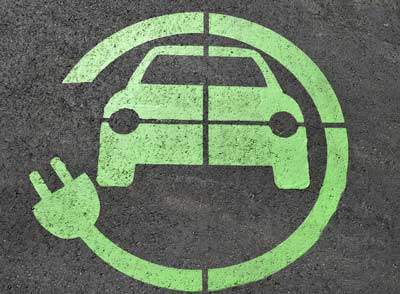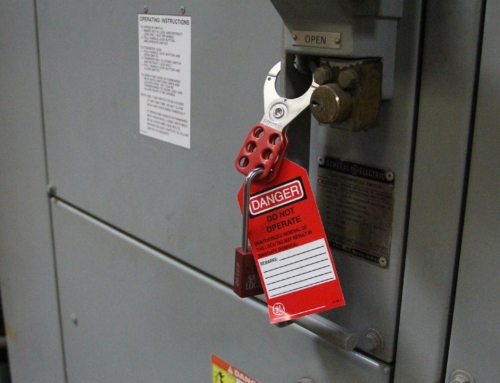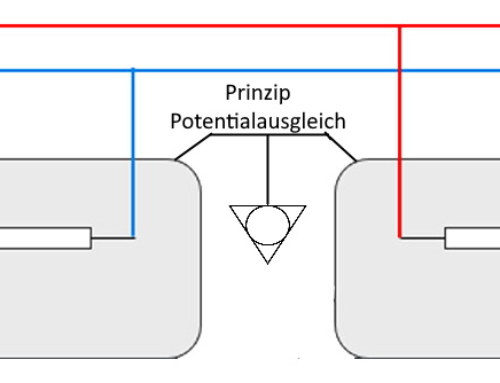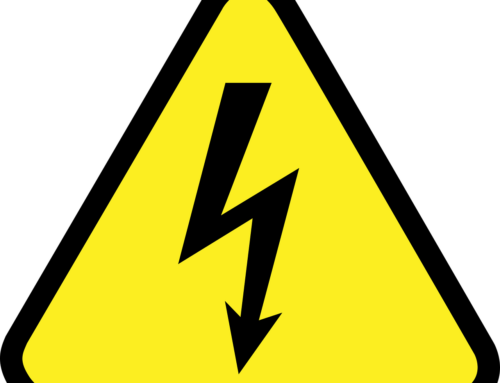A lot is happening in electromobility. Not only passenger cars, but also trucks and buses, but also small hallway vehicles, recreational vehicles and even electric tuk-tuks are produced.
For electric mobility, there is the ECE R 100 standard and the DGUV Information 200-005. These define the permissible touch voltages (60 V DC / 30 V AC) as well as the high-voltage range (60 V – 1500 V DC / 30 V – 1000 V AC). Awareness training and qualifications in accordance with DGUV Regulation 3 – for example, high-voltage training for FfHV – are necessary for work in the high-voltage range.
A forklift truck, for example, with its 48 V DC battery therefore does not fall within the scope of (ev) high voltage – even if it runs purely electrically. Likewise, the increasingly popular 48V on-board power supply in the automotive sector is therefore not an (ev) high voltage, since 48 V is clearly below the permissible contact voltage. An electric tuktuk with the 72V battery, on the other hand, does. Similarly, a hybrid vehicle with a 200 V or a 400 V battery is also a high-voltage vehicle, even if the main drive is an internal combustion engine.
Conclusion: Whether a vehicle is a high-voltage vehicle depends primarily on the voltages applied and less on whether it is a purely electric vehicle.










Leave A Comment